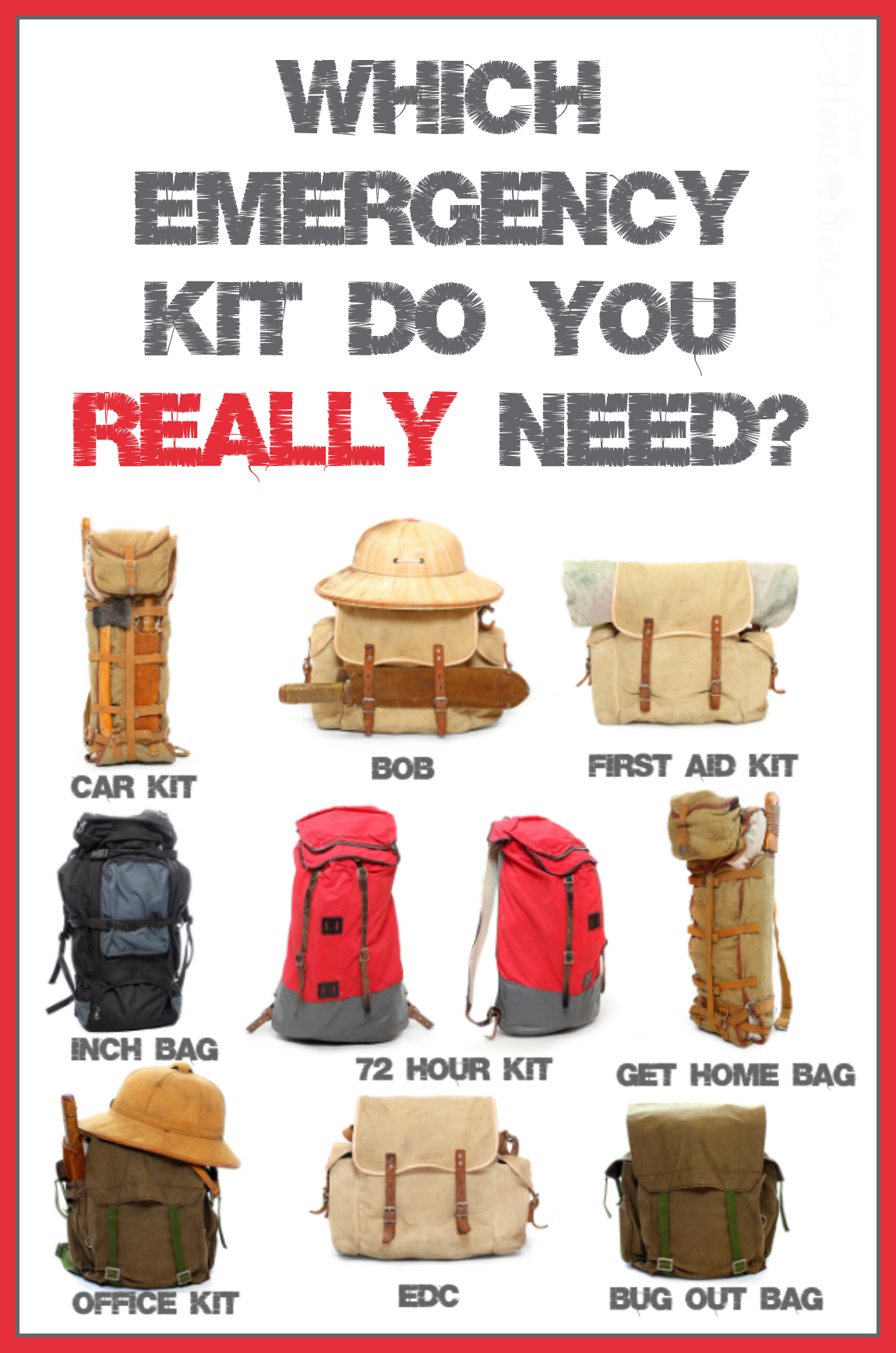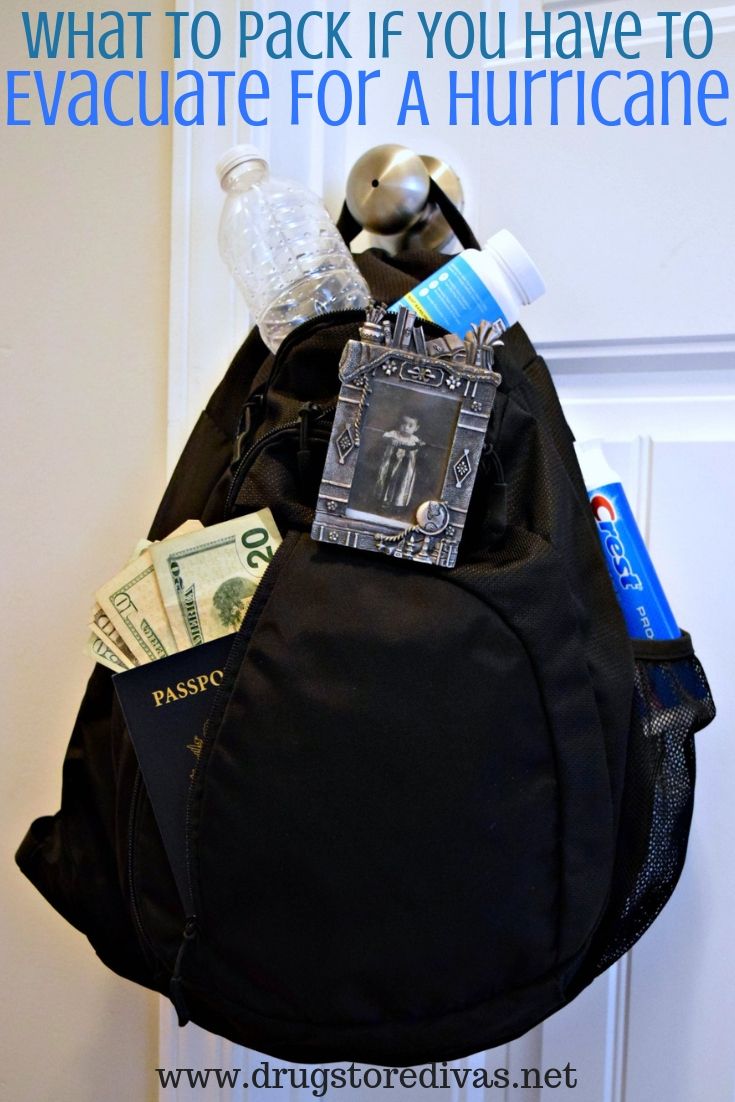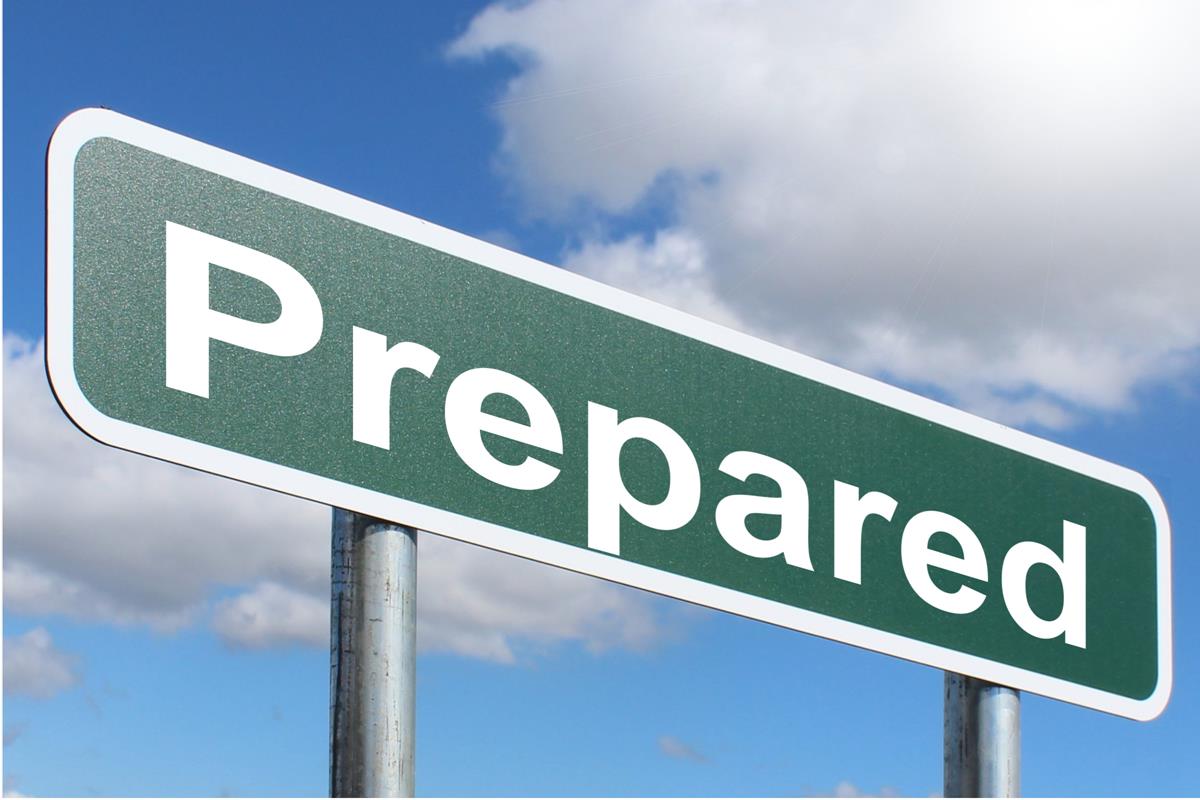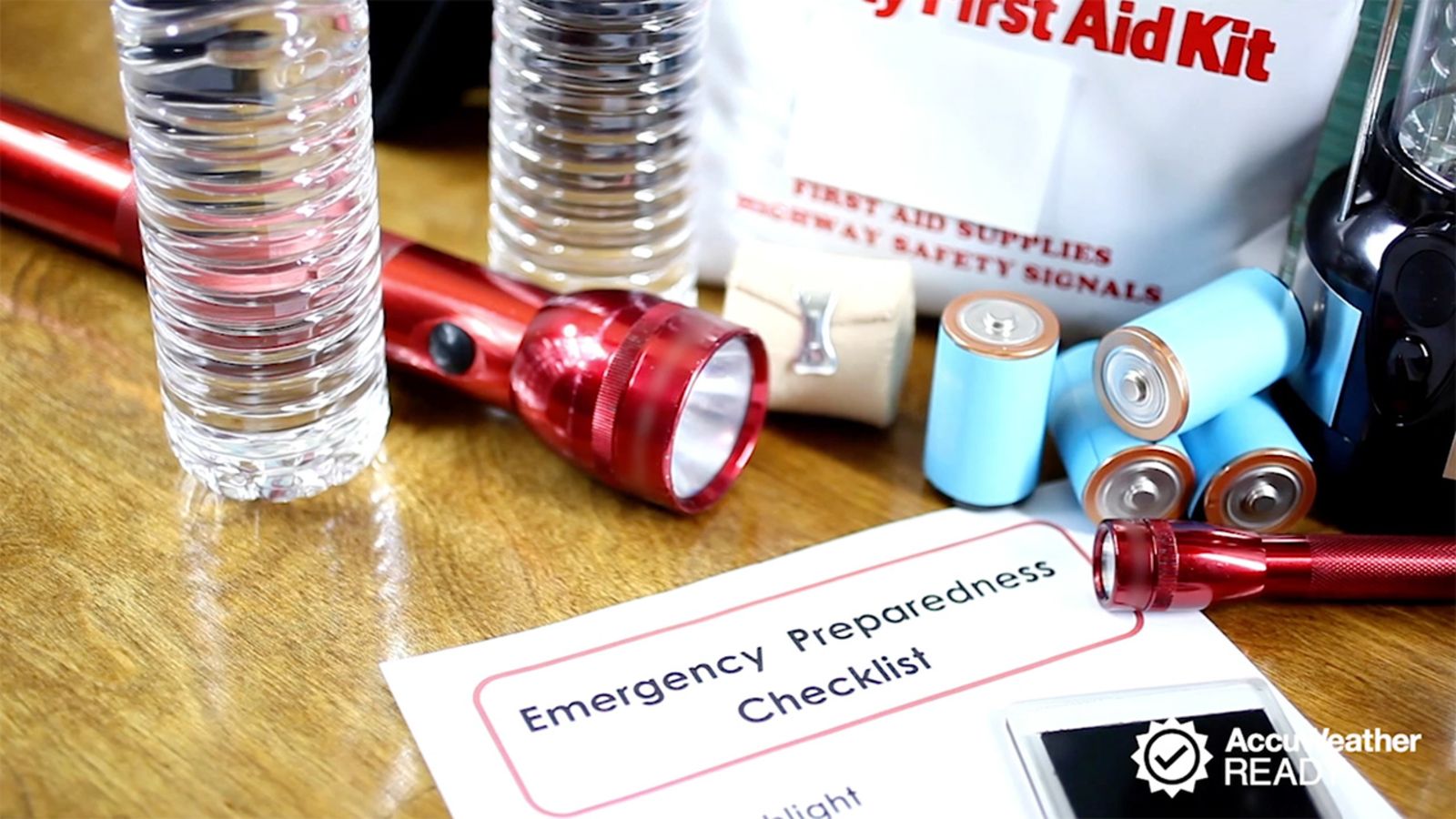- Food and Water:
Food: Non-perishable food items like energy bars, nuts, crackers, trail mix, and dehydrated meals. They must be compact, nutrient-dense, and easy to prepare.

Water: Carry a water bottle or hydration bladder with a water purification system like a portable filter or water purification tablets. Staying hydrated is crucial.

- Shelter and Clothing:
- Shelter: Include a lightweight tent, tarp, or emergency blanket for protection from the elements. Add thermal insulation, like a sleeping bag or a blanket, for warmth.
- First Aid Kit:
- Assemble an extensive first aid kit containing necessary medical supplies like bandages, antiseptic wipes, pain relievers, and specific medications you rely on.
- Navigation and Communication:
Map and Compass: Incorporate detailed maps of the area you’ll be exploring along with a magnetic compass and a whistle for signaling.

Communication Device: Carry a charged cell phone with a power bank for emergencies. Consider adding a portable two-way radio for communication in remote areas.
- Fire Starter and Light:
Fire Starter: Matches, a lighter, or a fire starter kit is essential for cooking, providing warmth, and signaling for help.
Light Source: Pack a flashlight with extra batteries or a headlamp for nighttime visibility. Additionally, bring chemical light sticks for emergencies.
- Tools and Repair:
Multi-Tool: Include a versatile multi-tool with pliers, a knife blade, and other useful tools.
Repair Kit: Carry a compact repair kit with a sewing needle and thread, duct tape, a small knife, and a screwdriver.
- Personal Hygiene and Sanitation:
Hygiene Kit: Pack basic hygiene items like a toothbrush, toothpaste, hand sanitizer, toilet paper or wipes, and a small mirror.
Sanitation Items: Consider adding water purification tablets, a collapsible water container, and a small trowel for proper waste disposal.
- Emergency Communication:
Signal Mirror: Include a signal mirror for reflecting sunlight to attract attention in emergencies.
Whistle: Carry a whistle for signaling for help in case of an emergency.
- Specific Survival Items:
Cordage: Pack a length of sturdy cord or rope for various applications like constructing shelter, securing gear, or creating a signal device.
Sun Protection: Add sunscreen, sunglasses, and a hat to protect against sun exposure.
Insect Repellent: Bring insect repellent to minimize insect bites and reduce the risk of disease.
Emergency Blanket: Pack an emergency blanket for warmth and protection from the elements.










